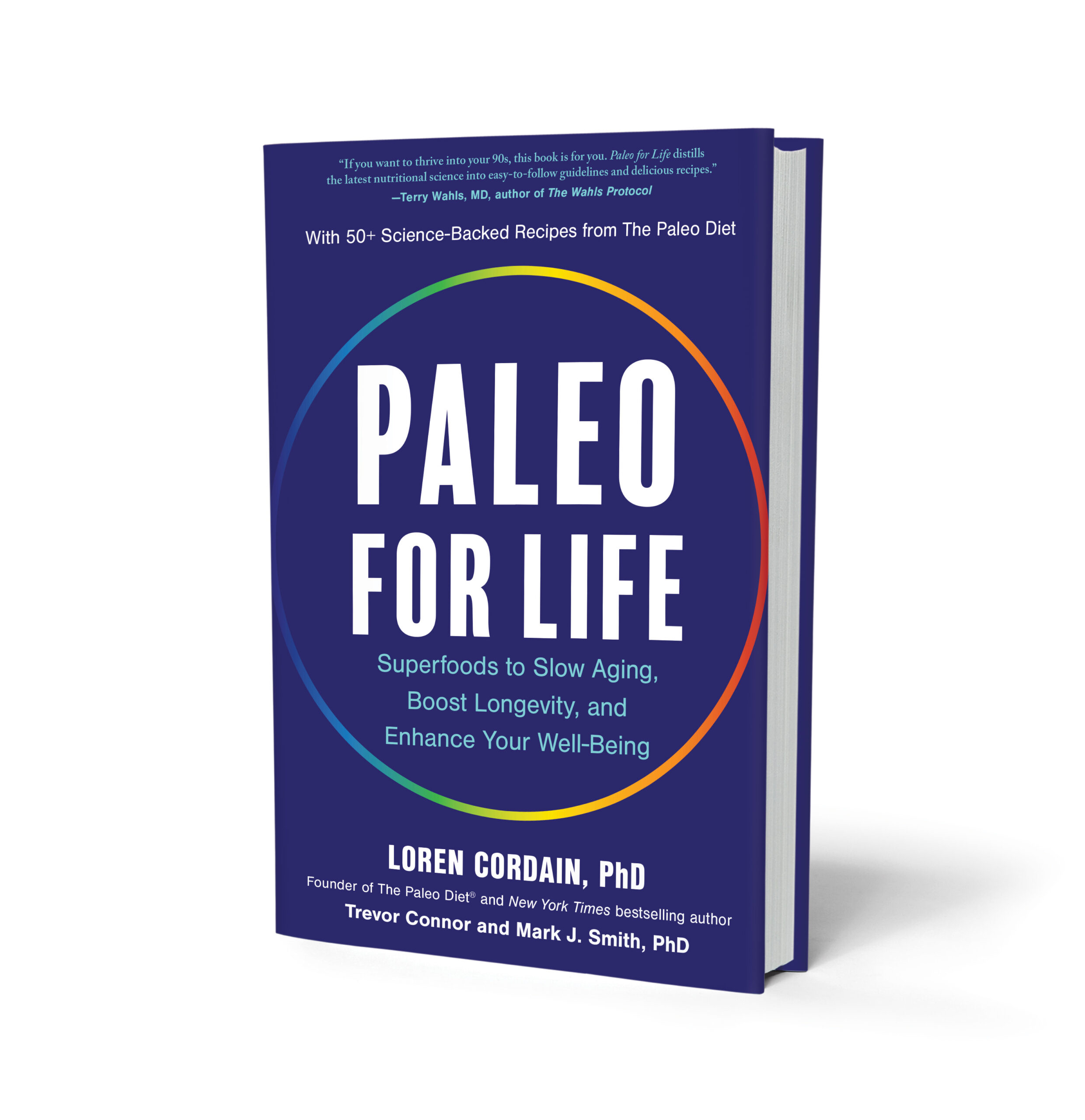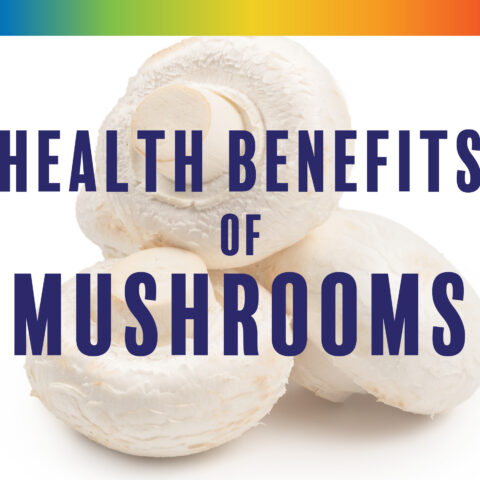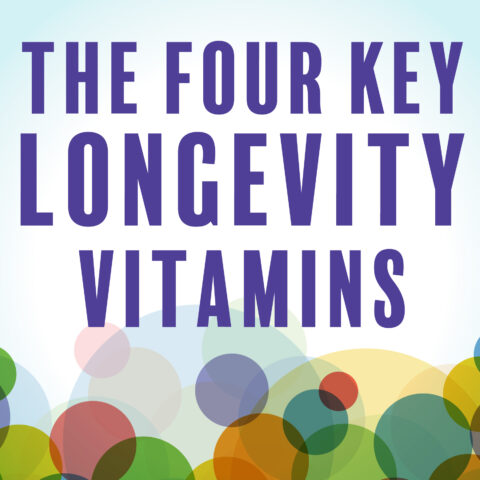Anti-Aging Benefits of The Paleo Diet

Are sore joints the inevitable consequence of aging? How about fatigue or poor sleep? Should we just learn to live with chronic conditions or is there something we can do to reverse them? While patients are told more and more frequently by health practitioners that their symptoms are due to the natural aging process, there is still hope. The major medical journals tell us that 85% of chronic diseases are due to diet, exercise, and lifestyle factors. Unfortunately, less than half of 1% of the standard medical education is in these areas.
So, what is the best anti-aging advice from a nutrition, movement, and lifestyle point of view to turn back the clock and maintain your youthful energy and vigor?
Reduce All-Cause Mortality
Experts recently discovered one of the most important markers for healthy aging to be your amount of lean muscle. That’s right, a recent study by the American Journal of Clinical Nutrition found that lean muscle mass was inversely correlated with mortality in over 1,000 men with an average age of 82.1 Maintaining muscle seems to be your best bet to tapping into the proverbial “Fountain of Youth” and aging healthily. The study didn’t find the same correlation in women, however lean muscle has anti-aging benefits for everyone.
Which food type increases lean muscle mass better than any other? Animal protein.
Beef, wild game, poultry, and seafood – all staples of a Paleo diet – contain the greatest concentrations of essential and branched-chain amino acids, as well as creatine which are critical for building and maintaining lean muscle. I encourage all of my male clients to consume a portion size equal to 1.5x the size and thickness of their palm at every meal, and females to consume 1.0x the size and thickness of their palm.
Defend Against Cognitive Decline
So, if lean muscle doesn’t reduce mortality in women, why should they maintain a high protein intake? There are lots of reasons, but number one on the list is cognitive health. The New England Journal of Medicine recently found in patients over the age of 65 that those with high blood sugar levels (as measured by HbA1c, a three-month average) were at seven times greater risk of dementia.2 Even more alarming, not all of these people at high risk were outside the normal range!
A common habit as we age is developing what’s called a “tea and toast” diet, where elderly tend to rely primarily on convenience foods like toast for meals, and drink tea throughout the day which further suppresses appetite. This type of high-carb diet wreaks havoc on your brain cells (neurons) and leads to cognitive decline and dementias.
To help combat this, adopting a lower carb diet puts the emphasis back on lean meats, healthy fats, and abundant vegetables – again, all staples of a Paleo diet – that help restore optimal blood sugars and support a healthy brain. Unfortunately, habits are tough to break and many people get stuck in the traditional American breakfast of toast, cereals, and orange juice, or have been deterred by health professionals to eat brain-boosting eggs in the morning for fear of raising cholesterol levels. Did you know that LOW cholesterol levels are associated with dementia? Don’t be afraid of the egg… or the yolk!
Movement and Healthy Aging
As we age, we become more susceptible to infections, falls and traumatic injuries, nutrient deficiencies, diminishing cardiac capacity, and loss of muscle mass that leads to worsening health.
The most common condition in hospital wards for patients over 65 is congestive heart failure (CHF), where the heart is no longer capable of pumping enough blood throughout the body to match the body’s needs. This leads to dangerous reductions in sodium and hemoglobin levels, weakness, fatigue and risk of seizure, coma, and death. Maintaining an active lifestyle and good cardiovascular health is the best prevention. Be sure to include 20-30 minutes of activity daily, in the form of walking, strength training (e.g., squats, lunges, push-ups), or stretching.
Strength training is a powerful weapon for keeping your heart strong and healthy. It also helps to increase your concentration of fast-twitch type-IIb muscle fibers. While we mostly think of these fibers as crucial for helping us jump higher, run faster, or lift heavier weights, they are also critical for another important task: Fast-twitch muscle fibers help you “catch yourself” before falling over. Hip fractures are account for over 250,000 hospital visits among the 65-and-over population.3 By maintaining an active lifestyle – and supporting your muscles with adequate protein intake – you’ll help prevent falls and hip fractures from taking place.
Support Positive Mood
Mood and motivation can sometimes wane as people grow older. The research tells us that high blood sugars and insulin, low vitamin D, low omega-3 status, and low testosterone levels are all associated with low mood. The standard American diet (SAD) is high in processed and simple carbs, which can lead to insulin dysfunction, weight gain, inflammation and subsequently low blood levels of vitamin D and essential omega-3 fats.
By adopting a Paleo approach to eating, you’ll be providing your body with the building blocks to correct these deficiencies and dysfunction, and maintain your vitality as you grow older.
Exercise performs just as well as medications for correcting mild to moderate depression.4 Want to improve your mood, improve blood sugars and reduce risk of diabetes? Again, strength training and cardio – combined with a low-carb diet – are far and away your best bet. Something as simple as walking is a great way to lower blood pressure, reduce stress, and improve health.
Benefits of High Protein Diets and Paleo Lifestyles
Ensuring optimal protein intake doesn’t just increase your lean muscle, it also improves other key markers of health: blood pressure, blood sugars, inflammation, and cancer risk.
You may be wary of adopting a high-protein diet because you’ve heard it may increase your risk of heart disease. The famous OmniHeart study by Harvard University found that high-protein diets were far superior at lowering blood pressure than low-protein, high-carb diets. The group consuming a high-protein diet also had the greatest increases in good HDL cholesterol and decreases in pro-inflammatory triglycerides.
A Paleo diet is not just about protein intake, but also about the abundant consumption of nutrient-dense vegetables and fruits. A rich intake of alkalinizing veggies and fruits provides robust amounts of essential vitamins, minerals, and antioxidants that support immunity, protect DNA from damage, fight off cancers, maintain heart health, and promote optimal health. As we age, appetite tends to decline and so too does the intake of essential proteins and veggies. The so-called “tea and toast” diet of many elderly and aging adults doesn’t provide the body with adequate nutrients to maintain health.
Of course, movement and exercise are inherent parts of a Paleo lifestyle. This is most evident in my clinical practice. I’ve seen people in their 60s with high blood pressure and blood sugars, a poor diet, and no experience in strength training significantly upgrade their health and bodies in a matter of months (not years!). I have numerous 70-year-old men who can perform multiple chin-ups and septuagenarian women who perform full squats and deadlifts with ease. It’s no wonder their blood pressure, lipid panels, blood sugars, and mood all tend to be very good as well!
I see in my clinic every day that chronological age is just a number. Don’t put limits on your mind and body. Your body and your physiology react to the inputs they are given; remain sedentary and eat the wrong foods and your brain and body will suffer. Eat clean, healthy whole foods and move every day (e.g., strength training, cardio, stretching, hiking, walking) and you will be amazed at how youthful you’ll feel.
References
[1] Graf C et al. Body composition and all-cause mortality in subjects older than 65 y. Am J Clin Nutr April 2015 vol. 101 no. 4 760-767.
[2] Crane P. et al. Glucose Levels and Risk of Dementia. NEJM. Sept 2013. Vol 369. National Hospital Discharge Survey (NHDS), National Center for Health Statistics.
[3] Carek P, Laibstain S, Carek S. Exercise for the treatment of depression and anxiety. Int J psychiatry Med. 2011;41(1):15-28.
[4] Appel LJ, et al; the OmniHeart Collaborative Research Group. Effects of protein, monounsaturated fat, and carbohydrate intake on blood pressure and serum lipids: results of the OmniHeart randomized trial. JAMA. 2005;294:2455-2464.





